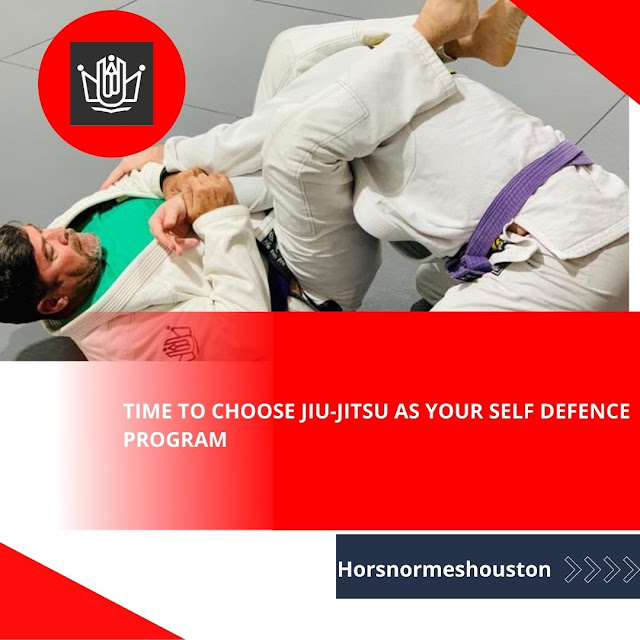THE HISTORY OF BRAZILIAN JIU-JITSU (BJJ)
Brazilian Jiu-Jitsu is a highly popular and effective martial art that serves as the foundation for many highly successful mixed martial artists. The basic goal is to control your opponent through grappling and ground fighting.
If you are the aspirant to learn Brazilian Jiu-Jitsu in Texas, then it is your minimum homework to know the history of BJJ. Let us explore the history of Brazilian Jiu-Jitsu and know its roots.
Although the UFC has influenced BJJ's recent success, it has a long history of influence.
Origins
of Brazilian Jiu-Jitsu
Brazilian Jiu-Jitsu has
its origins in Jujutsu, a Japanese form of close fighting for overcoming an
opponent. It all started in 1467 during the Sengoku period. It was established
as a defense for troops who fell off their horses and integrated several
Japanese martial arts used in combat. Its emphasis evolved throughout time, but
it was always focused on strikes, strangles, and close-quarter combat, which
are the foundations of the current BJJ.
Transformation
into Kodokan Judo
The old combat style evolved into what is today known as Kodokan judo throughout time. Jigoro Kano founded the Kodokan in 1882. Kano was an influential instructor who emphasized the importance of a technique known as randori. Randori taught trainees how to use takedowns, chokes, and other techniques to be more effective. This was a watershed moment in BJJ history since it marked the transition from the previous fighting style to the full-contact sparring we witness today.
How
did Brazilian Jiu-Jitsu arrive in Brazil?
In 1914, Mitsuyo Maeda, a Jigoro Kano disciple, is credited with extending Kodokan's influence to Brazil. He gave demonstrations all over the world, accepting challenges, and introduced warriors to their fighting principles.
The
Gracie Family
Carlos Gracie was inspired to practice judo after witnessing a demonstration by Maeda. He rose to become one of Maeda's most illustrious disciples, finally passing on his knowledge to his younger brother, Helio Gracie. Helio, younger than his brother, developed several judo techniques to suit combatants of all sizes and abilities.
The Gracie family is credited with transforming Kodokan into Brazilian Jiu-Jitsu, a prominent martial art. While many Kodokan pupils have had an effect, each branch can be traced directly to Maeda and the Gracie family's foundations.
How
does Brazilian Jiu-Jitsu evolve?
Many students are curious to learn Brazilian Jiu-Jitsu in Houston, Texas. But still, it is surprising many don’t know how the BJJ has reached here. Carley Gracie came to America in 1972 to teach Jiu-Jitsu, and Rorion Gracie co-founded the Ultimate Fighting Championship in 1993. The success of BJJ in the UFC and its ever-growing recognition as a tremendously successful martial art, regardless of the opponent’s size, demonstrates the influence of Kodokan, Maeda, and the Gracie family in combat.
You can become the one
who can take this superior martial art to the next generations. Hurry soon,
open your mobile browser, and search for the Brazilian Jiu-Jitsu near me to get
the academies list. Register now to learn Brazilian Jiu-Jitsu.
For more visit:- How to Choose the Right BJJ Academy For You!




Very informative blog. worth reading !
ReplyDelete